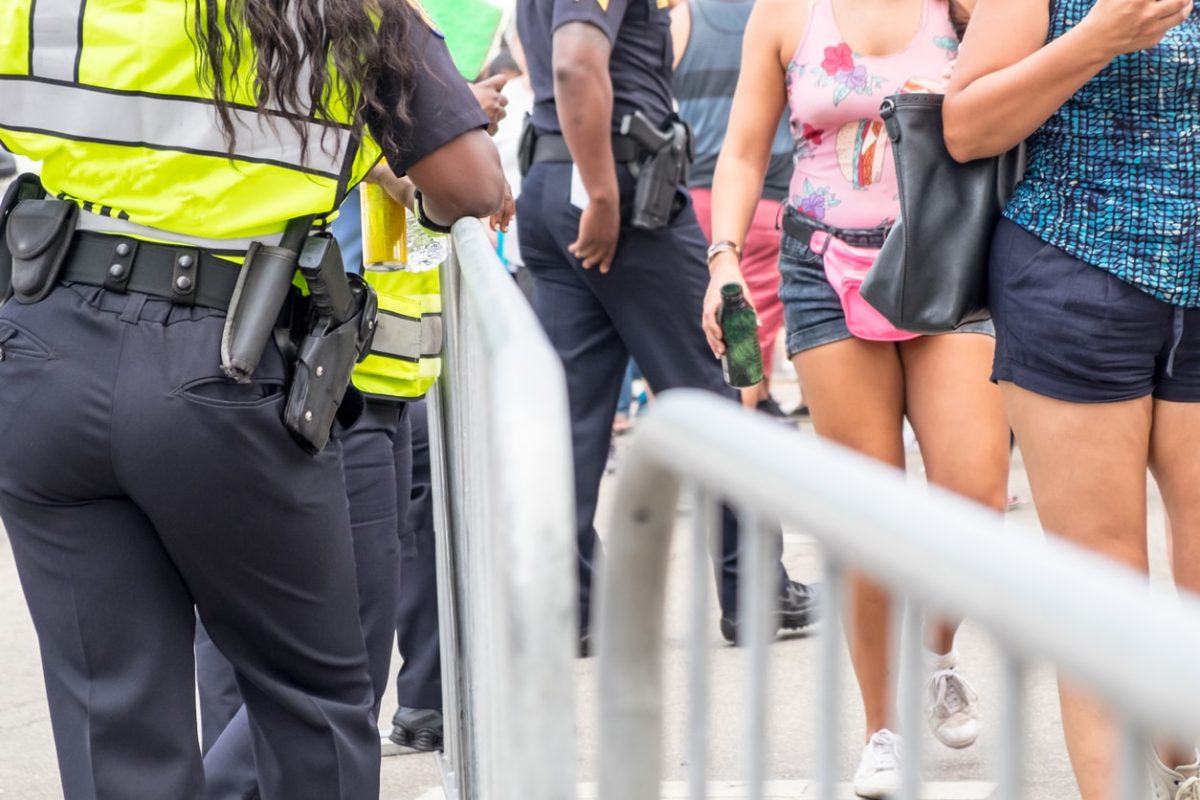
Event organizers have a responsibility to properly manage health and safety risks for all attendees, staff, and contractors. When it comes to large events, oftentimes the biggest risk comes from the audience themselves. As a crowd starts forming it doesn’t take much for injuries to occur, particularly if the venue has improper facilities and crowd management procedures in place. For festival organizers, a big part of ensuring that everyone has a safe and enjoyable time is predicting how the crowds will move and taking action to keep them safe.
Planning
Crowd management is necessary to run a safe, enjoyable event. Organizers should consult with key figures both inside and outside the organization, including:
- Heads of department
- Team leaders
- Event contractors
- The venue owner
- Local authorities
- Emergency services/ first responders
- Local transport providers
- Neighboring businesses and other third-parties affected by the event
Understanding the Crowd
Knowing the headcount may be challenging, depending on the nature of the event. If the event is smaller, with a set number of tickets sold, organizers will have an exact idea, but a larger event or one that does not have tickets can be tough. Estimates can be based on previous turnout, advance ticket sales or attendance at similar events.
One must be aware of their venue’s maximum capacity and plan accordingly (not only for those inside, but for guests waiting outside to get in). If it’s possible for the event to reach or exceed capacity, organizers must be prepared to manage excess numbers so the site is accessible for everyone, with facilities and safe travel routes for wheelchairs and children.
The expected demographic of the event must be taken into consideration. Are guests likely to be familiar with the venue, or will they need a lot of direction? Will they arrive early to get a good spot, or is it expected people will be constantly flowing in and out? Will everyone be at the event for its entirety, or will people come and go as they please?
Risk Assessment
Swaying and surging can escalate to crushing and trampling. It is crucial to identify ways to safely manage the motion of large volumes of people while they are gathered in one location and moving throughout the venue. Depending on the layout of the space, one should consider:
- Staggering the entry process
- Arranging barriers to keep pedestrians and vehicles separate
- Using fencing to keep emergency access routes clear
- Employing stewards to supervise entry and exits, keeping the flow of guests moving
- Navigating people away from areas likely to cause bottlenecks (stairs, narrowing corridors, gates or turnstiles)
- Ensuring all walkways are well lit and clear of obstacles
Communication Channels
Signs should be visible from afar, making it less likely that guests will stop and crowd around signage. Maps should be accessible on signs or printed promotional material, to find alternative routes around the venue.
Having a clear line of communication between team members around the venue is essential. Two-way radios remain the most reliable method of communication, although telephone systems and verbal messages may be adequate in a smaller venue. Formal language and procedure to use over the duration of the event for flow of vital information should be established. Codes can be used to ensure there is no confusion and consider keeping one line for emergency use only.
About Impact Programs
Impact Programs is a managing general agent (MGA) with unparalleled, industry-specific experience in the programs we manage. In addition to underwriting, we specialize in claims resolution and loss control for the entertainment and amusement fields, and provide flexible, tailored solutions to our clients’ unique needs. For more information, contact us today at (913) 218-3910 to speak with one of our specialists.
